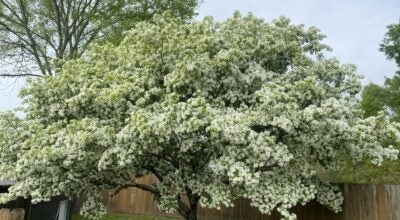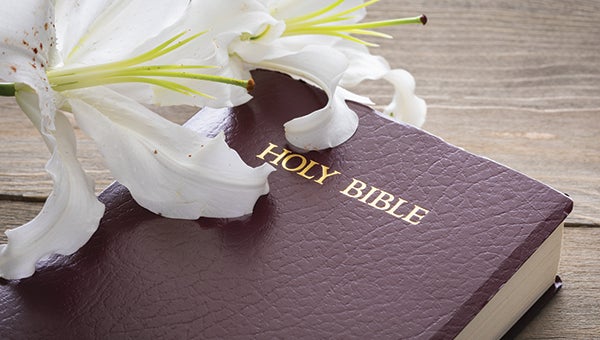Fall is a great time to plant trees and shrubs
Published 12:15 am Wednesday, November 13, 2013
The fall season is a transitional time for many plants in the landscape. During the fall months, plants are preparing to go into a dormant state to handle the upcoming cool season. Although the plants go into a more dormant state during this time period, the root systems of trees and perennial shrubs in Louisiana continue to grow because of the warm soil temperatures.
Due to the activity of the root systems during the fall and winter months, the fall season is the ideal time to plant trees and shrubs. By planting in the fall, the plants have time to establish their root systems in the native soil before the next growing season. Commonly, people install trees and shrubs in the spring because plants become more attractive and are more noticeable during the spring, which increases the awareness of the landscape. However, if plants are installed in the spring, the plants do not have a sufficient amount of growing time for the root system to become established before the onset of the summer months where the summer months lead to stressful conditions due to the heat and drought conditions present. As a result, the spring plantings require an intense water management program in order to be successful. Because of the environmental stresses associated with a spring planting, planting in the fall and cooler season is preferred because of the better establishment rates.
Although planting is considered to be an easy process by many people, several steps and guidelines should be followed to ensure that the planting will be successful. The first thing that should be considered when planting a tree or shrub is the site selection and the proper plant selection for the location. Oftentimes, trees and shrubs are improperly selected for a site due to the characteristics that are observed when the plants are young, and after the plants become mature, they become overgrown for the area. In order to prevent issues down the road, select the correct plant for the location.
Trees and shrubs can be purchased in containers, balled and burlapped, and bareroot. However, the most common form of plant cultivation today is in containers. After the site and plant have been selected, the planting space needs to be prepared for the installation. The hole for the plant should be dug two to three times as wide as the root ball of the plant and should be no deeper than the depth of the root ball in order to maintain the crown at or above the native soil line. Then the container should be removed, and the root system should be inspected. If the plant has a circling taproot at the bottom or edge of the container, the circling taproot should be removed because if the plant is installed with a circling taproot this can lead to the taproot girdling the root system. Place the root ball in the planting hole, and backfill with the native soil. It is not recommended to add organic matter and other soil amendments to the planting hole. Adding soil amendments to the native soil changes the soil texture and can lead to a situation where the planting hole holds water particularly in clay textured soils. The organic amendments are more permeable to water than soils such as clay, so the planting hole fills up with water and will not drain because the surrounding soil will not absorb the water. Although adding organic amendments sounds like a good idea, it can lead to plant fatality.
After the hole is backfilled, the plant should be watered thoroughly. In addition, staking may be needed to provide support to the plant until it becomes established, but the stakes should be removed when the plant can support itself, which is typically no longer than one growing season. Also, fertilizers should not be applied during the planting process, and fertilizers should never be applied in the planting hole. The plant should have adequate fertilization that was applied at the nursery. Adding additional fertilization at planting can be detrimental. Fertilization should be implemented after the root system becomes established. In general, trees and shrubs are fertilized in late winter and early spring before the spring growth occurs.
This article was compiled by Scotty May, Assistant Extension Agent (ANR) for Washington Parish. For more information concerning this article or related topics, please contact the Washington Parish Extension Office at 985-839-7855.





